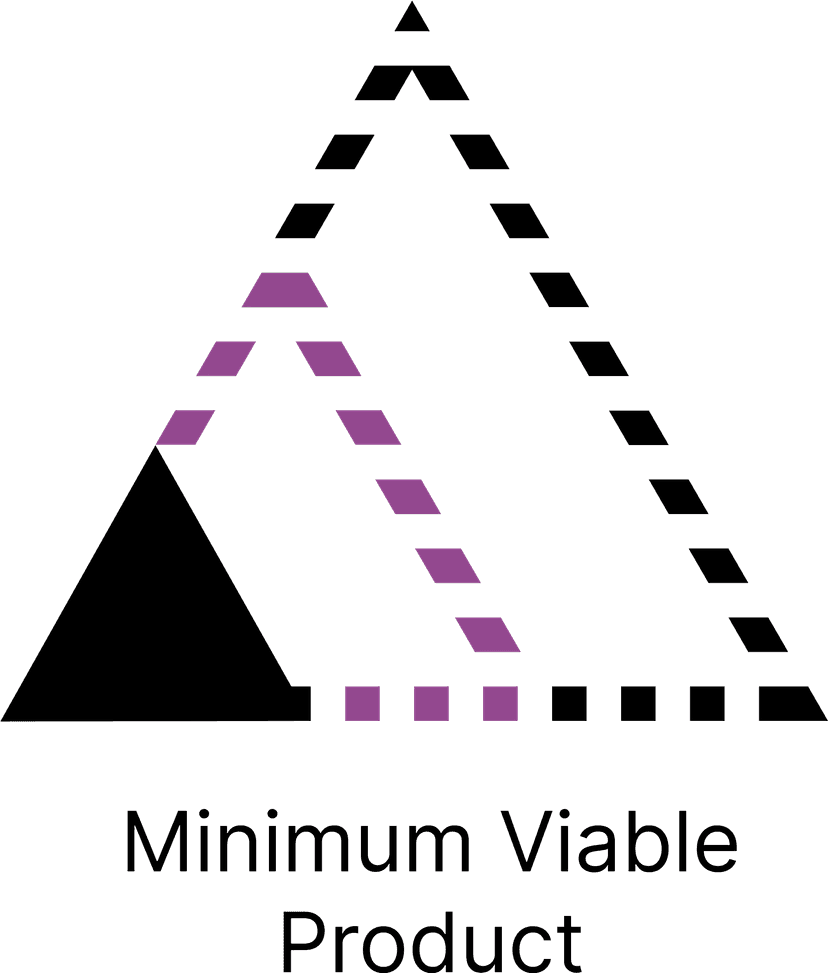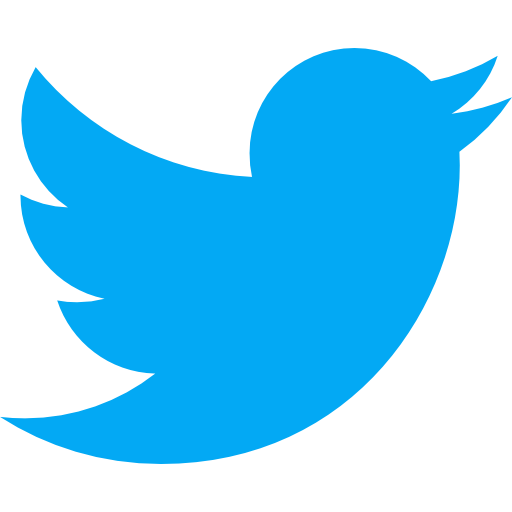Minimum Viable Product (MVP)

What is a minimum viable product?
Definition
A minimum viable product (MVP) is a version of a product with just enough features to satisfy early customers and provide feedback for future product development.
Analogy
Imagine you want to build a car. Instead of spending years perfecting the design and features, you start by building a skateboard. The skateboard is your MVP - it's not a complete car, but it allows people to move from one place to another. You then gather feedback from skateboard users and gradually improve the design, eventually adding more features and turning it into a car.
In other words
An MVP is a basic version of a product that helps you test the market and gather user feedback for further improvements.
Why is a minimum viable product important?
It's one thing to know what a minimum viable product is, but that is worthless if you don't know why you should know what a minimum viable product is in the first place. Let's break down the importance of this tech term based on two high-level categories. We'll walk through an explanation as well as provide a score, 1-10, that shows you how much you should care about the minimum viable product.
Pre-Product: 10/10
If you don't have a product yet, an MVP is crucial. It allows you to test your idea, gather feedback, and iterate on the design before investing too much time and resources into a full-fledged product. By building an MVP, you can validate your concept and make necessary adjustments before launching a complete product.
Live Product: 5/10
If you have a live product, the concept of an MVP is still important but carries a different weight. You can use the MVP approach to test new features or improvements before fully implementing them into your existing product. This way, you can minimize the risk of negatively impacting your current user base and ensure that new features align with customer needs.
Examples of MVPs
So you know what a minimum viable product is, by definition. You know if you should care about it or not depending on your situation as a business/company/product. To dig in deeper, we will walk through some tools and processes so we can make sure you really have a solid grasp on the minimum viable product.
Dropbox
Dropbox started as an MVP with a simple video demonstrating its file synchronization concept. The video generated interest and allowed Dropbox to gather valuable user feedback before building the full product.
Airbnb
Airbnb's MVP was a basic website that allowed hosts to list their properties and travelers to book a stay. This simple version helped the founders validate their idea and gather feedback to improve the platform.
Uber
Uber's MVP was a basic app that connected drivers and riders in San Francisco. The initial version focused on providing a simple, reliable transportation service, allowing the company to test the market and refine the app before expanding to other cities and adding more features.
Key Takeaways:
- A minimum viable product is a basic version of a product that helps you test the market and gather user feedback for further improvements.
- If you do not yet have a product, an MVP is crucial for validating your concept and making necessary adjustments before launching a complete product.
- If you do have a product, the MVP approach can help you test new features or improvements before fully implementing them into your existing product.
- Examples of successful MVPs include Dropbox, Airbnb, and Uber.

